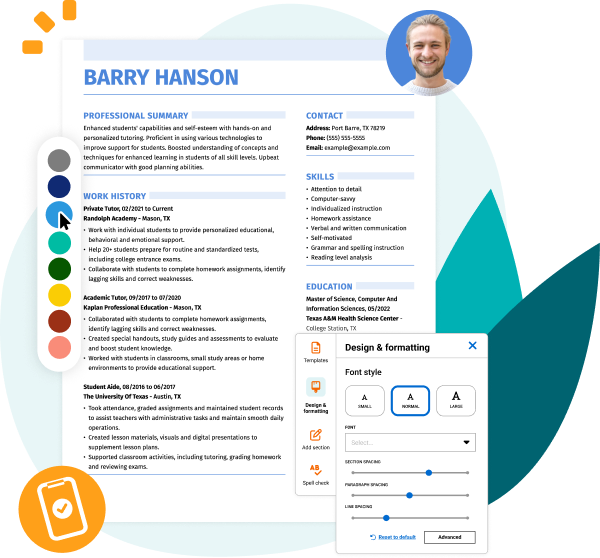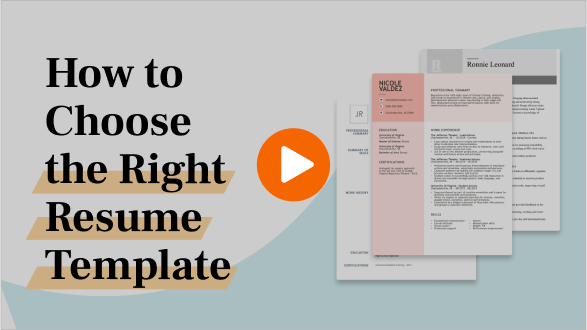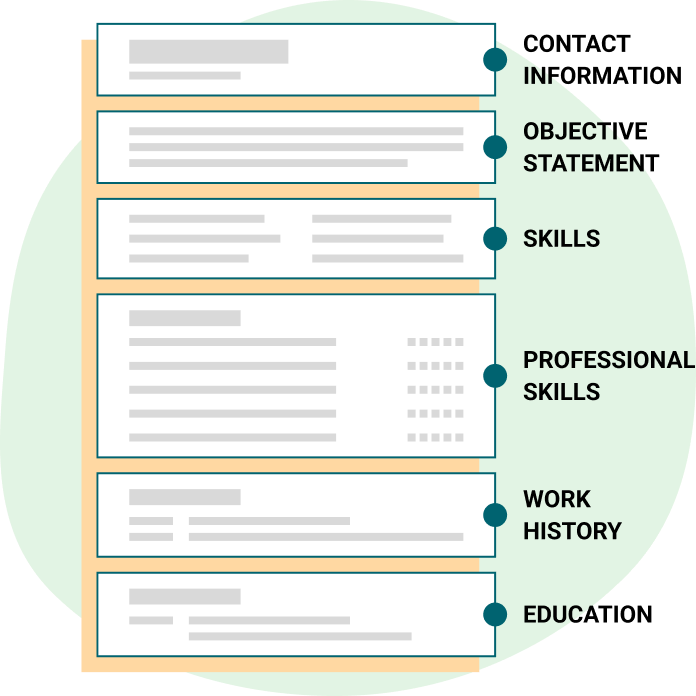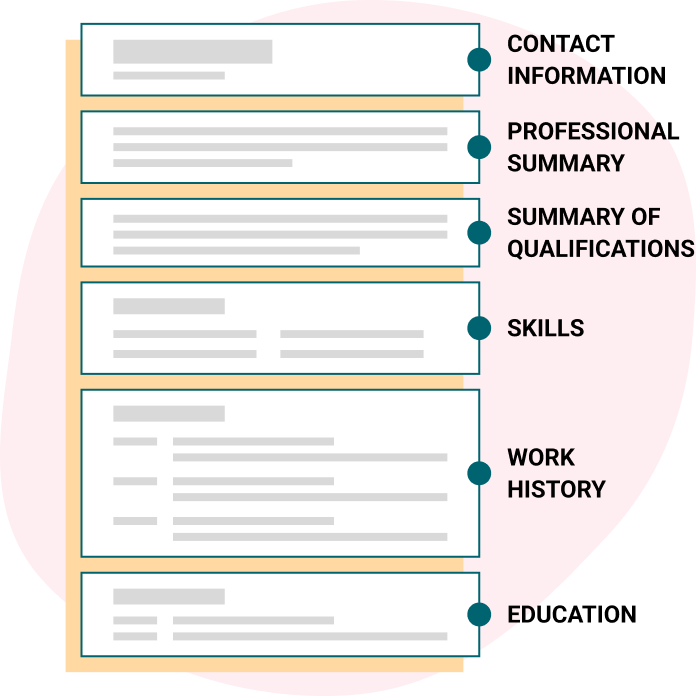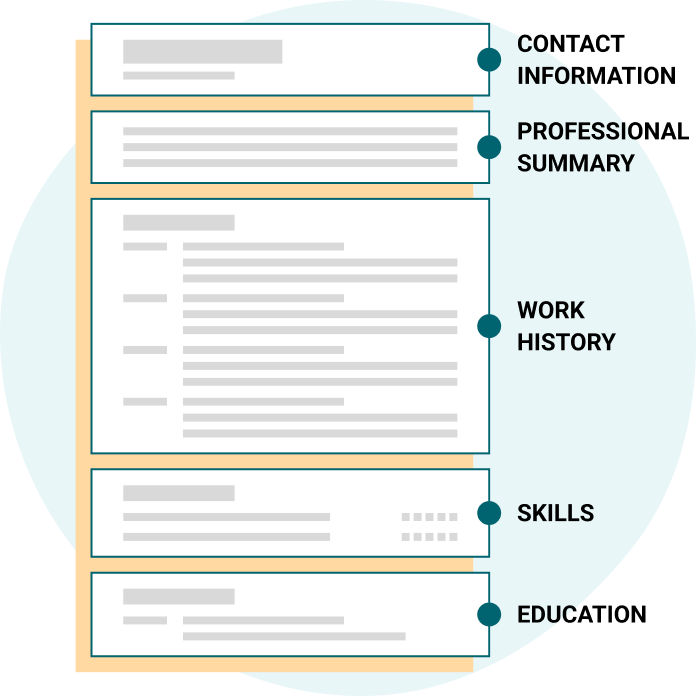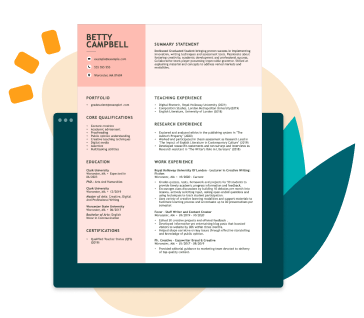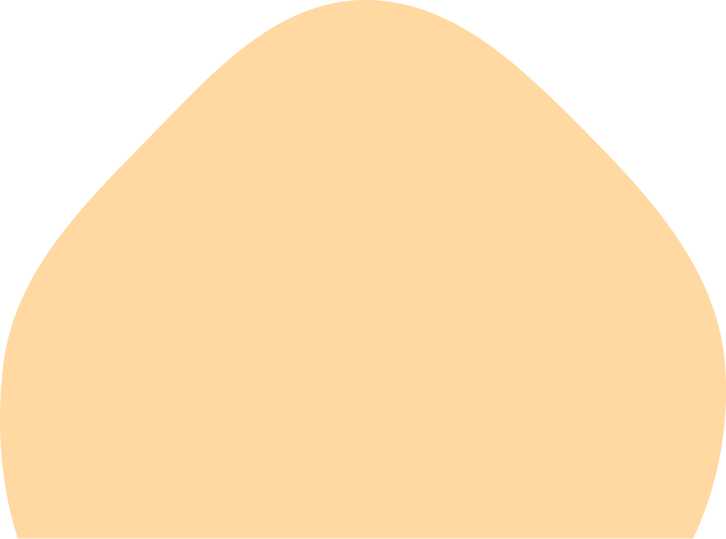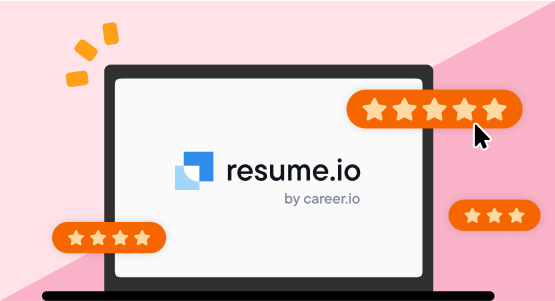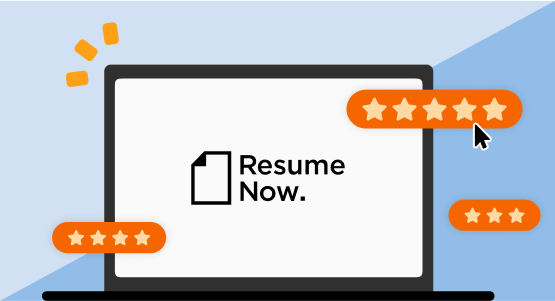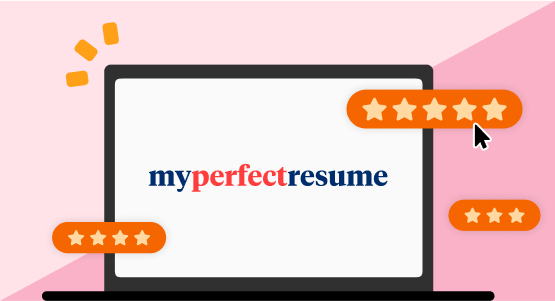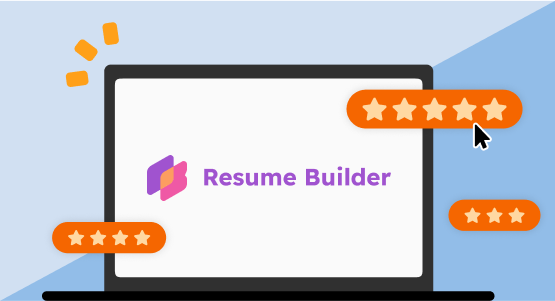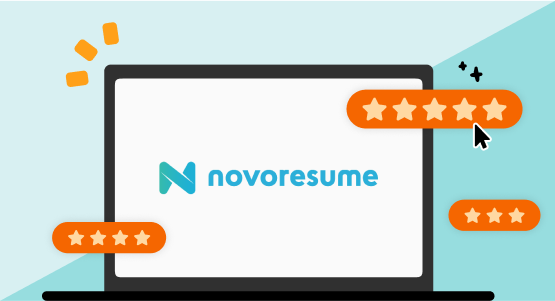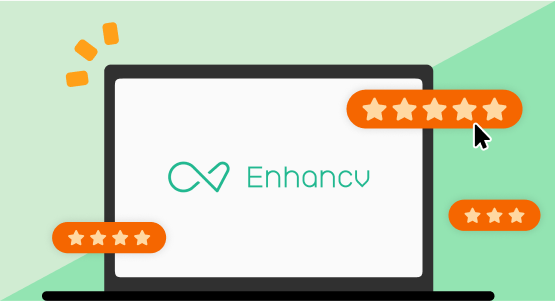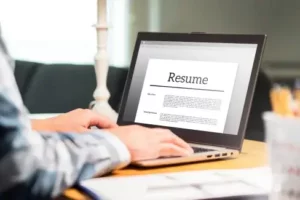Why Choose LiveCareer Resume Templates?
Our expert-designed resume templates come with many benefits, including:
Designs for all industries
Professional designs for any job or industry that let you showcase your style and brand.
Easy customization
Easily tailor resume templates to showcase skills, experience, and education. Edit and personalize.
Premium design and content
Cool designs, fresh content, editable in our Resume Builder, and premium features!
ATS-friendly layouts
ATS-friendly resume templates help applicants bypass filters and reach hiring managers.
Job-specific content suggestions
Resume templates offer pre-written, accurate content tailored to all jobs and experience levels.
Download for free
Download any of our resume templates as a PDF, DOC, or the content for free as a TXT file.
ATS Resume Check Tool
Use our ATS Resume Checker for real-time tips to improve your resume score and interview chances.
A high-powered Resume Builder
Our builder combines high-power features to create a resume and cover letter that wow recruiters.
Matching cover letter templates
Create a cohesive job application with a matching cover letter template from LiveCareer.
How to Use LiveCareer's Resume Templates
Pick and edit a resume template in real time.
Answer a few questions with our Resume Builder to fill out each section of your favorite resume template quickly.
Choose customized content that fits your story.
Our intuitive builder auto-suggests expert-written resume content for your experience level and job title. Click and edit to your liking.
Download and send to employers.
Based on the employer’s needs, save your resume and matching cover letter as PDF, DOC, or another file format.
Pick a resume style that works for you
Press the play button to learn how to decide on a resume layout design that fits your job title and highlights your strengths.
Choose the Right Format for Your Resume Template
All resumes use one of three recruiter-approved formats: chronological, functional, or combination. Use our checklists below to find the best fit for your experience.
Functional format
- Highlights achievements in the skills section
- Ideal for candidates with 0-2 years of experience
- Best for recent graduates or first-time job seekers
- Avoid if you have an extensive career history
Combination format
- Puts equal emphasis on work experience and skills
- Ideal for professionals with 3-8 years of experience
- Best for career-changers and promotion seekers
- Avoid if you have employment gaps
Chronological format
- Focuses on achievements in the work experience
- Ideal for professionals with 10+ years of experience
- Best for senior executives and leadership roles
- Avoid if you have gaps in your career history
Expert Reviews
Make your resume now, get hired sooner!
Thousands of people have used our resume builder to win their dream jobs and you can too!
Frequently Asked Questions
How can I make a resume with LiveCareer?
Pick a resume template, answer a few questions, and watch our Resume Builder auto-generate a resume with fill-in-the-blank templates. You’ll also get career-tailored suggestions, industry-specific keywords, and ready-made job descriptions based on your past experience.
What is an applicant tracking system?
An applicant tracking system (ATS) is software companies use to scan resumes for potential candidates before they reach a human recruiter. Employers program ATS to look for resumes with specific criteria, skills, years of experience, and other qualifications. ATS also looks for formatting inconsistencies and grammatical errors.
LiveCareer has 20+ ATS-friendly resume templates for job seekers of all experience levels. These resume templates have neat formatting that meets every ATS standard.
You can verify if your resume is ATS-compliant by uploading it to our ATS Resume Checker. We’ll let you know what details to change to make it ATS-friendly.
Who created these resume samples?
Our resume samples are written with our builder and reviewed and edited by our team to ensure we provide accurate content that helps you land job interviews.
Do you have one-page resume templates?
All our resume templates are one-page resume templates. Our resume templates have formatting tools that ensure all your information fits neatly into one page. These user-friendly adjusting tools also allow you to easily extend your resume beyond one page, all while sticking to recruiter-approved formatting criteria.
Featured in:*

*The names and logos of the companies referred to in this page are all trademarks of their respective holders. Unless specifically stated otherwise, such references are not intended to imply any affiliation or association with LiveCareer.
